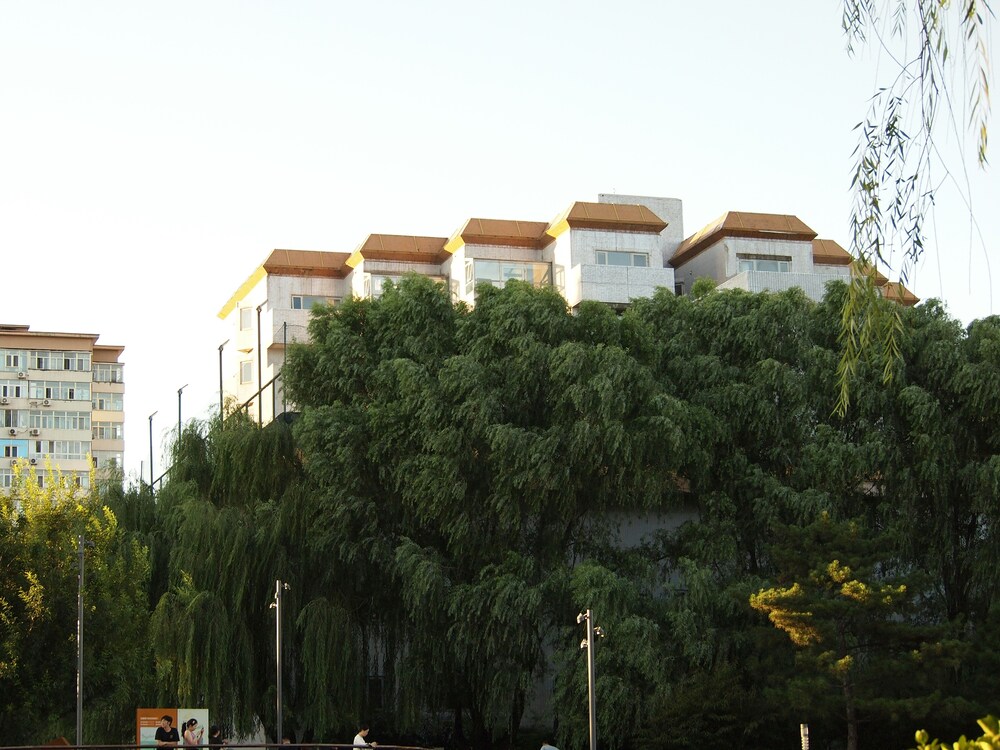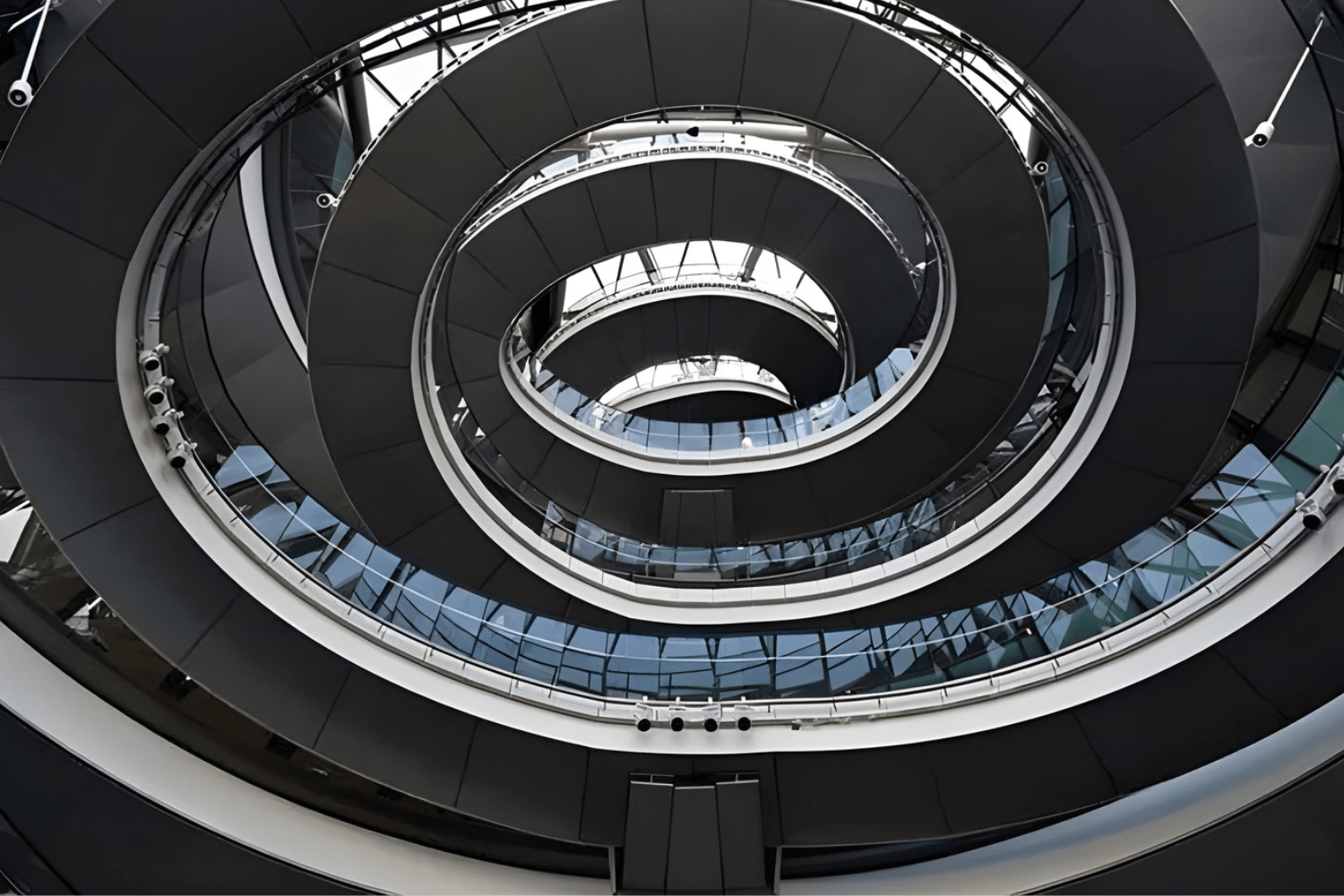- Home
- Articles
- Architectural Portfolio
- Architectral Presentation
- Inspirational Stories
- Architecture News
- Visualization
- BIM Industry
- Facade Design
- Parametric Design
- Career
- Landscape Architecture
- Construction
- Artificial Intelligence
- Sketching
- Design Softwares
- Diagrams
- Writing
- Architectural Tips
- Sustainability
- Courses
- Concept
- Technology
- History & Heritage
- Future of Architecture
- Guides & How-To
- Art & Culture
- Projects
- Interior Design
- Competitions
- Jobs
- Store
- Tools
- More
- Home
- Articles
- Architectural Portfolio
- Architectral Presentation
- Inspirational Stories
- Architecture News
- Visualization
- BIM Industry
- Facade Design
- Parametric Design
- Career
- Landscape Architecture
- Construction
- Artificial Intelligence
- Sketching
- Design Softwares
- Diagrams
- Writing
- Architectural Tips
- Sustainability
- Courses
- Concept
- Technology
- History & Heritage
- Future of Architecture
- Guides & How-To
- Art & Culture
- Projects
- Interior Design
- Competitions
- Jobs
- Store
- Tools
- More
Why Septic Systems Matter in Modern Residential Architecture: Design Factors Professionals Shouldn’t Overlook

Modern residential architecture has shifted dramatically in recent years, embracing sustainability, efficiency, and site-specific design as essential principles rather than optional features. Yet one element that still does not receive the attention it deserves in early design stages is the septic system. For properties not connected to municipal sewer networks, the septic system becomes a critical component of the home’s long-term performance, environmental impact, and structural stability.
Despite its importance, septic planning is often treated as a secondary step, something to be addressed after floor plans are finalized or once construction is already underway. This approach can create costly complications, limit design flexibility, and reduce system efficiency. Architects, designers, and builders who integrate septic considerations into the earliest phases of planning gain significant advantages, from optimizing site layout to improving the long-term durability of both the home and the landscape.
Below are key design factors professionals should never overlook when working on residential projects that rely on septic systems.
Table of Contents
Toggle1. Site Layout and Building Placement
The relationship between a home and its surrounding environment significantly affects septic performance. Septic systems rely on natural soil conditions, appropriate drainage, and safe separation distances from structures, driveways, and outdoor living spaces.

When architects place the home on the lot without considering septic requirements, issues can arise, such as:
- Insufficient space for the drainfield installation
- Encroachment into required setback zones
- Increased risk of effluent surfacing due to poor soil conditions
- Conflicts between landscaping plans and drainage needs
Positioning the home with the septic system in mind gives designers greater flexibility. It ensures that the drainfield can be installed in an area with the correct soil depth, permeability, and slope. It also reduces the likelihood of future damage caused by improper placement of patios, pools, or additions.
2. Soil Conditions and Percolation Rates
Before any septic design begins, a site evaluation or percolation test is required to determine how the soil absorbs and filters wastewater. The soil’s texture, compaction, and natural drainage characteristics all influence the type and size of system needed.
Architects who understand the results of these tests can design more efficiently. For example:
- Clay soils may require larger drainfields
- Sandy soils may need additional filtration measures
- High-water-table areas may necessitate raised systems
Integrating percolation data early prevents the need for structural redesigns or costly engineered solutions later.
3. Grading, Elevation, and Water Flow
Topography plays a major role in septic performance. Slopes, drainage flow, and house elevation determine whether the system can function with gravity alone or if a pump will be required. Gravity-fed systems are more reliable, reduce mechanical dependency, and typically offer lower long-term maintenance costs.
Architects should consider:
- Avoiding drainage patterns that direct surface runoff toward the drainfield
- Maintaining proper elevation between the tank and the home
- Ensuring the site grading supports natural water movement
These considerations help prevent hydraulic overload and maintain system longevity.
4. Modern Water Usage and Fixture Planning
Today’s homes use more water-intensive features than ever, including multiple bathrooms, large kitchens, luxury tubs, high-flow showers, and advanced appliances. Increased water usage directly affects the septic system’s load.
Architects should design with water efficiency in mind, including:
- Low-flow fixtures
- Water-efficient appliances
- Smart plumbing layout that reduces unnecessary pipe length

Even design decisions like fixture placement or the number of simultaneous-use rooms can influence system strain. Proper early-stage planning ensures the septic system is sized correctly for real-world use, not outdated water-use assumptions.
5. Landscaping, Hardscaping, and Outdoor Living Areas
Landscape architecture and septic engineering must work hand in hand. Many homeowners want spacious patios, outdoor kitchens, gardens, or even small backyard structures. Without proper coordination, these features can inadvertently damage the system.
Designers should plan:
- Tree and plant placement to prevent root intrusion
- Hardscape elements away from the drainfield
- Irrigation systems that do not oversaturate septic areas
- Proper snowmelt and stormwater drainage patterns
Well-planned outdoor designs protect the system’s function while enhancing overall aesthetics.
6. Long-Term Maintenance Access
Septic systems require periodic inspections, pumping, and potential repairs. If an architect designs the home or landscape in a way that obstructs access to the tank, the drainfield, or inspection points, maintenance becomes more difficult and expensive.
Planning should always include:
- Clear access routes for service trucks
- Unobstructed tank lids
- Avoidance of decks, sheds, or driveways over septic components
Good design ensures maintenance can be performed safely and efficiently for decades.

7. Environmental Impact and Sustainability
A carefully designed septic system is vital for environmental protection. Poorly functioning systems can contaminate groundwater, damage surrounding ecosystems, and affect nearby structures.
Architects committed to sustainable design should view septic systems as part of a home’s ecological footprint. This means:
- Minimizing energy use in wastewater treatment
- Reducing excess water consumption
- Ensuring natural filtration processes are fully supported
- Using materials and layouts that extend the system’s lifespan
Sustainable design doesn’t end with the building envelope; it extends underground as well.
8. The Role of the Home Septic System in Modern Residential Planning
In contemporary homebuilding, the home septic system is far more than an afterthought. It directly influences architectural choices, long-term costs, environmental safety, and even quality of life. Integrating septic considerations early allows professionals to deliver homes that are both functional and resilient.
Whether designing a compact modern home or a larger estate, architects who acknowledge the importance of wastewater planning create properties that perform better, last longer, and adapt more effectively to changing environmental conditions. In this way, septic systems become an essential component of holistic residential architecture, one that must be treated with the same care as structural, mechanical, and aesthetic elements.
illustrarch is your daily dose of architecture. Leading community designed for all lovers of illustration and #drawing.
Submit your architectural projects
Follow these steps for submission your project. Submission FormLatest Posts
Are Organic Bamboo Sheets Worth the Investment?
When it comes to getting a good night’s sleep, the quality of...
A Beginner’s Guide to Architectural Details
Architectural details explained for beginners: clear terms, key joints, proportions, climate-smart specs,...
5 Must-Visit Structures by Norman Foster
Explore five must-visit structures by Norman Foster, showcasing iconic works that combine...
What Are The Benefits Of Professional Painting For Homes?
Fresh paint does more than change color on a wall. It protects...












Leave a comment